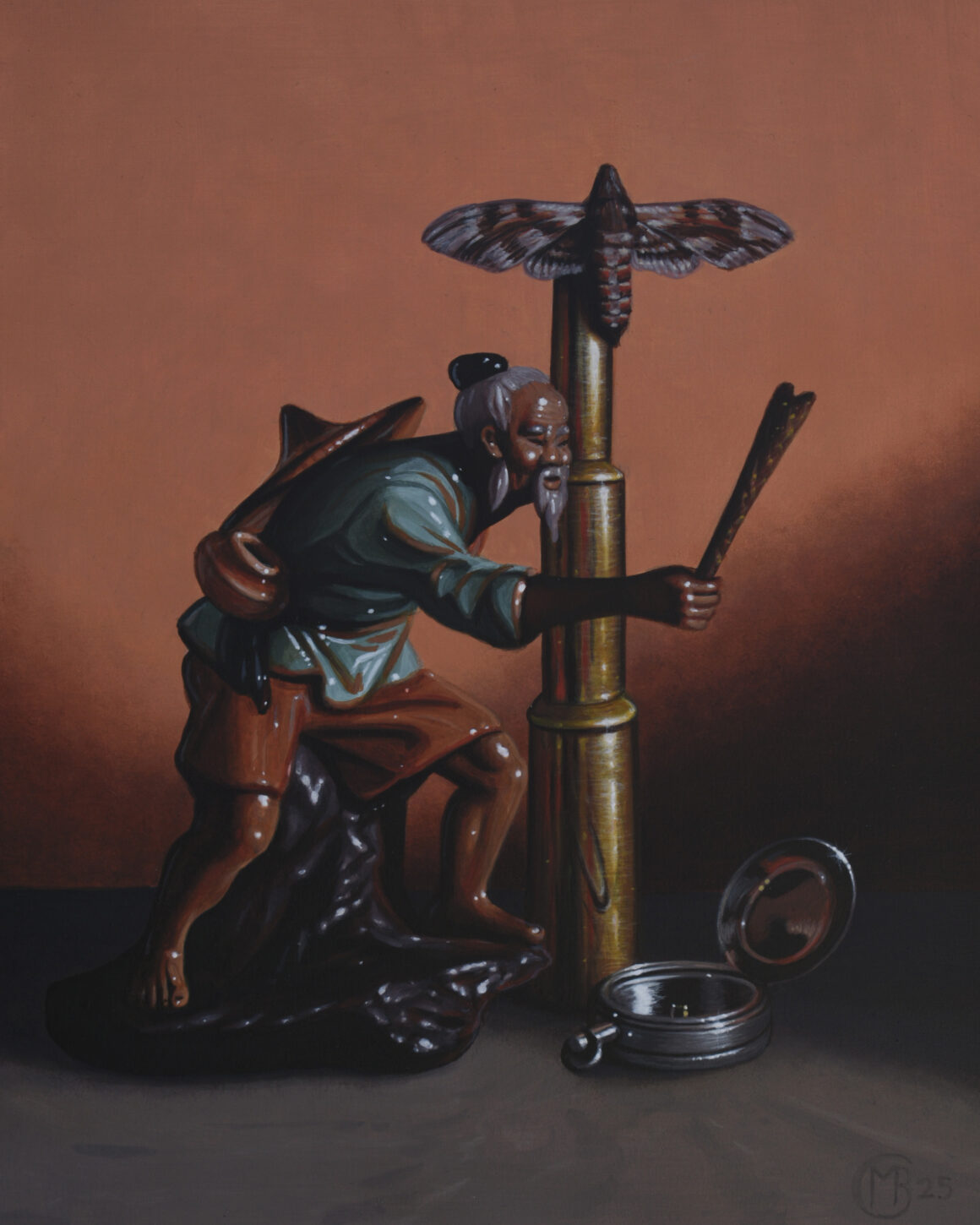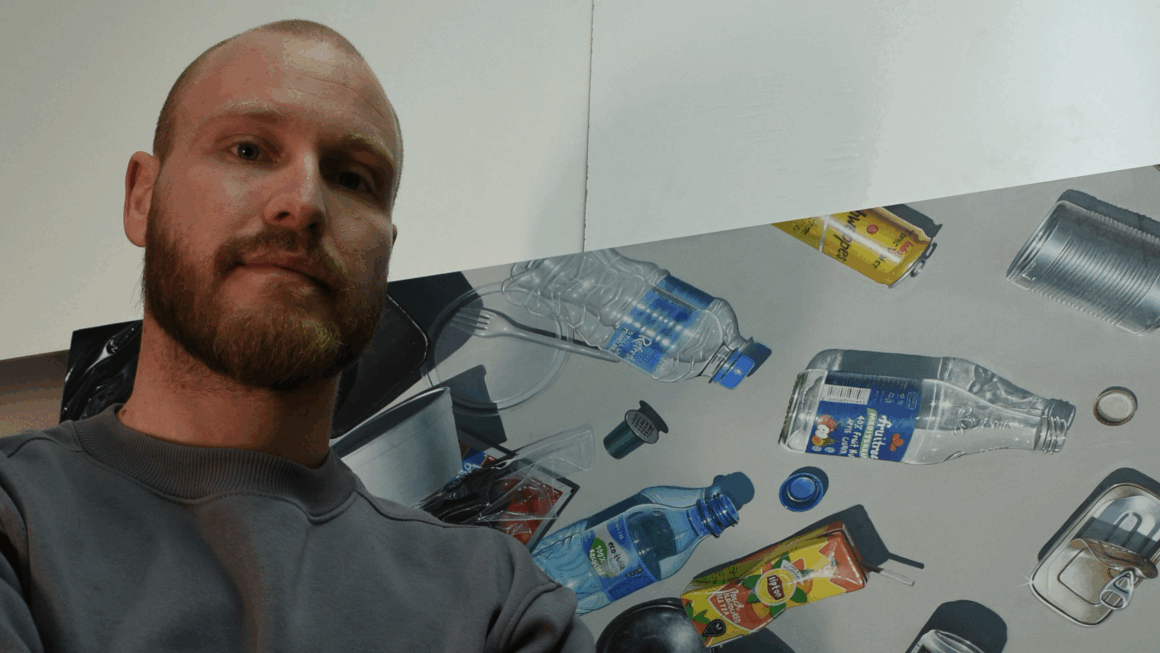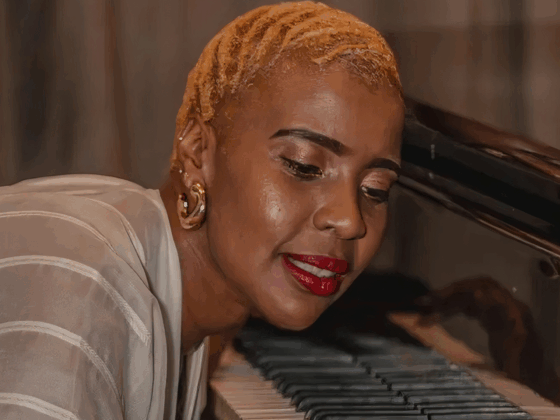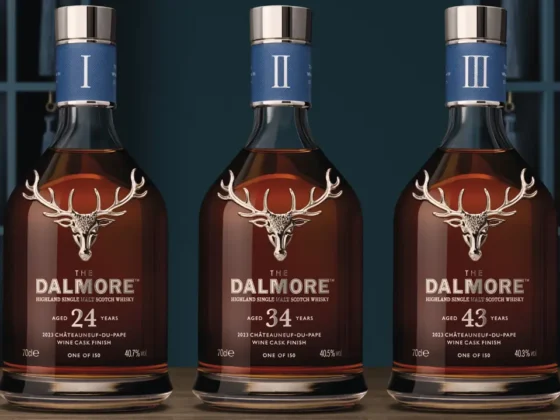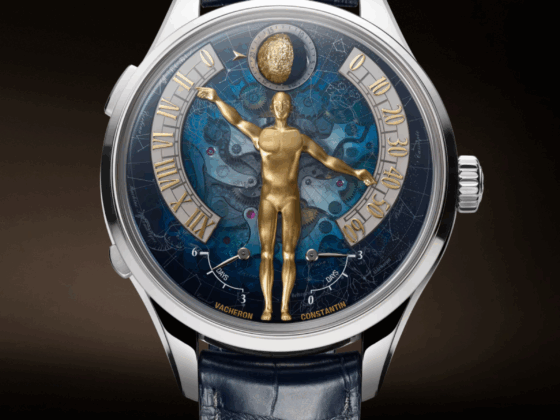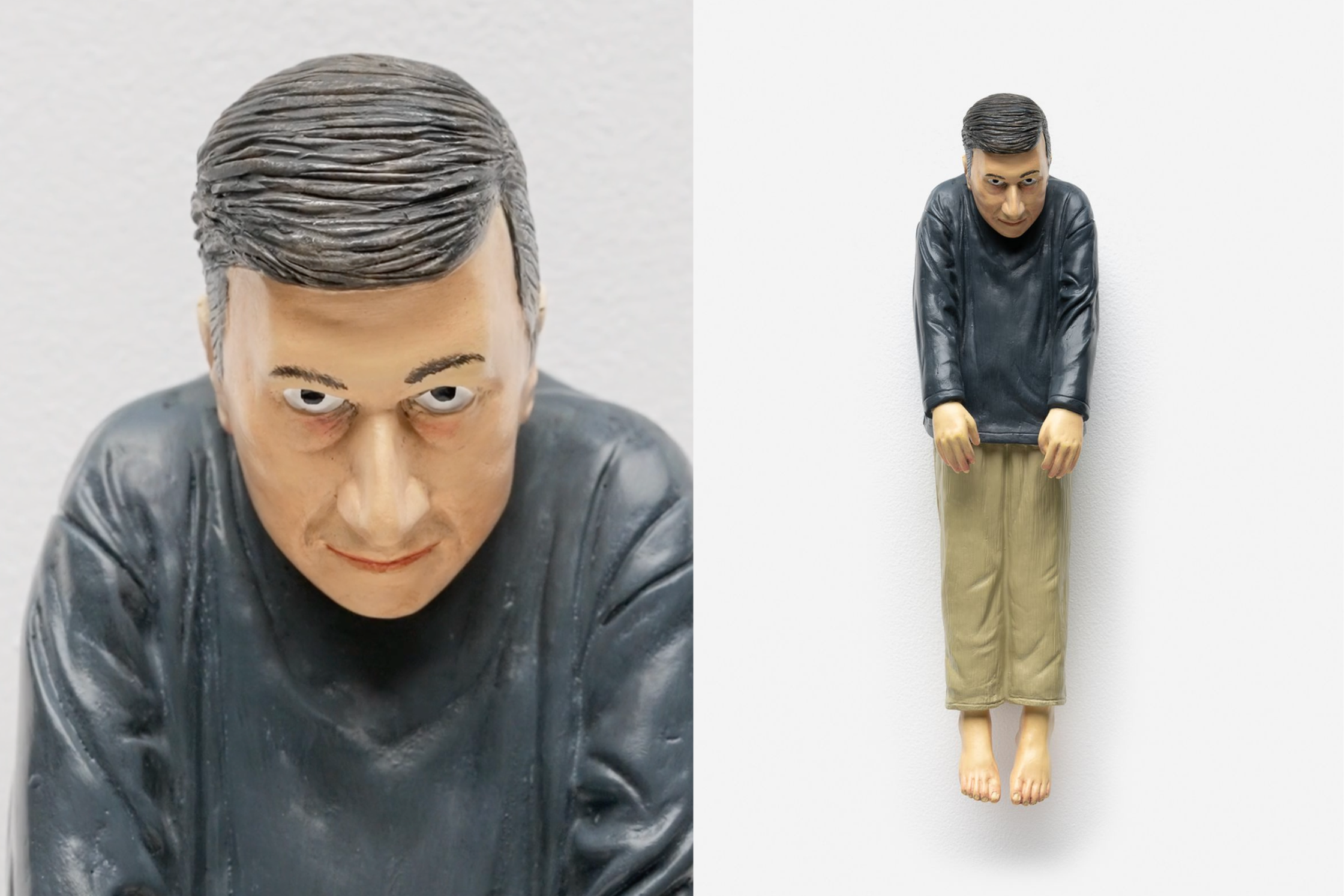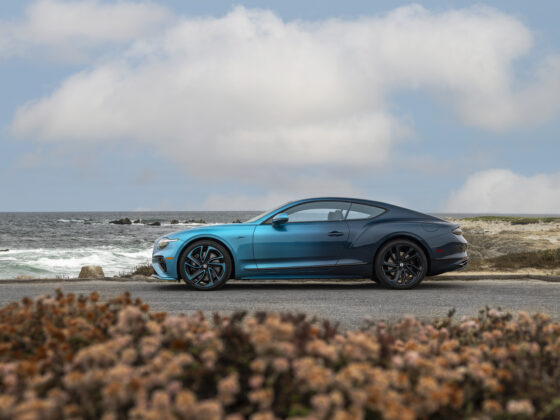We spotlight the evocative work of Matthew Blackburn, an artist whose paintings bridge classical technique with contemporary relevance. Known for his refined realism, subtle use of light and shadow, and layered exploration of texture, Blackburn’s art invites viewers into a dialogue on memory, sustainability, and the fleeting nature of life. His works are not only visually striking but also deeply introspective, drawing on personal nostalgia and cultural narratives to spark universal emotions. In our conversation, he opens up about his process, inspirations, and the evolving journey of his practice.

Your works carry such a strong presence — how would you describe your artistic voice in your own words?
At the core of my practice is the recreation of materials. For me, the process of painting and watching an artwork come together fills me with anticipation, leading to the feeling of accomplishment when I complete a painting and knowing that the works I construct have the ability to evoke emotions in the people who view it.
I have a very refined painting style, with minimal brush marks that creates a realistic finish. With the use of chiaroscuro (light and shadows) I create atmosphere and depth. By pairing contrasting textures, such as glass, plastic and organic matter, I am able to heighten the level of realism in my work, which in turn produces more engagement with my audience.
My works explore themes such as sustainability, the environment, nostalgia and vanitas, all overlapping in their relevance to one another. Addressing contemporary issues within a classically inspired style.
What themes or emotions do you find yourself returning to most in your practice?
I often return to the theme of nostalgia. Bringing nostalgic items into my work allows me to capture my own memories and experiences.
As well as connecting with my audience, by sparking relatable memories.
For me childhood memories can be an emotional rollercoaster. They evoke sadness by reminding us of experiences that we will never get to relive, but also joy and gratitude that we had those experiences in the first place.
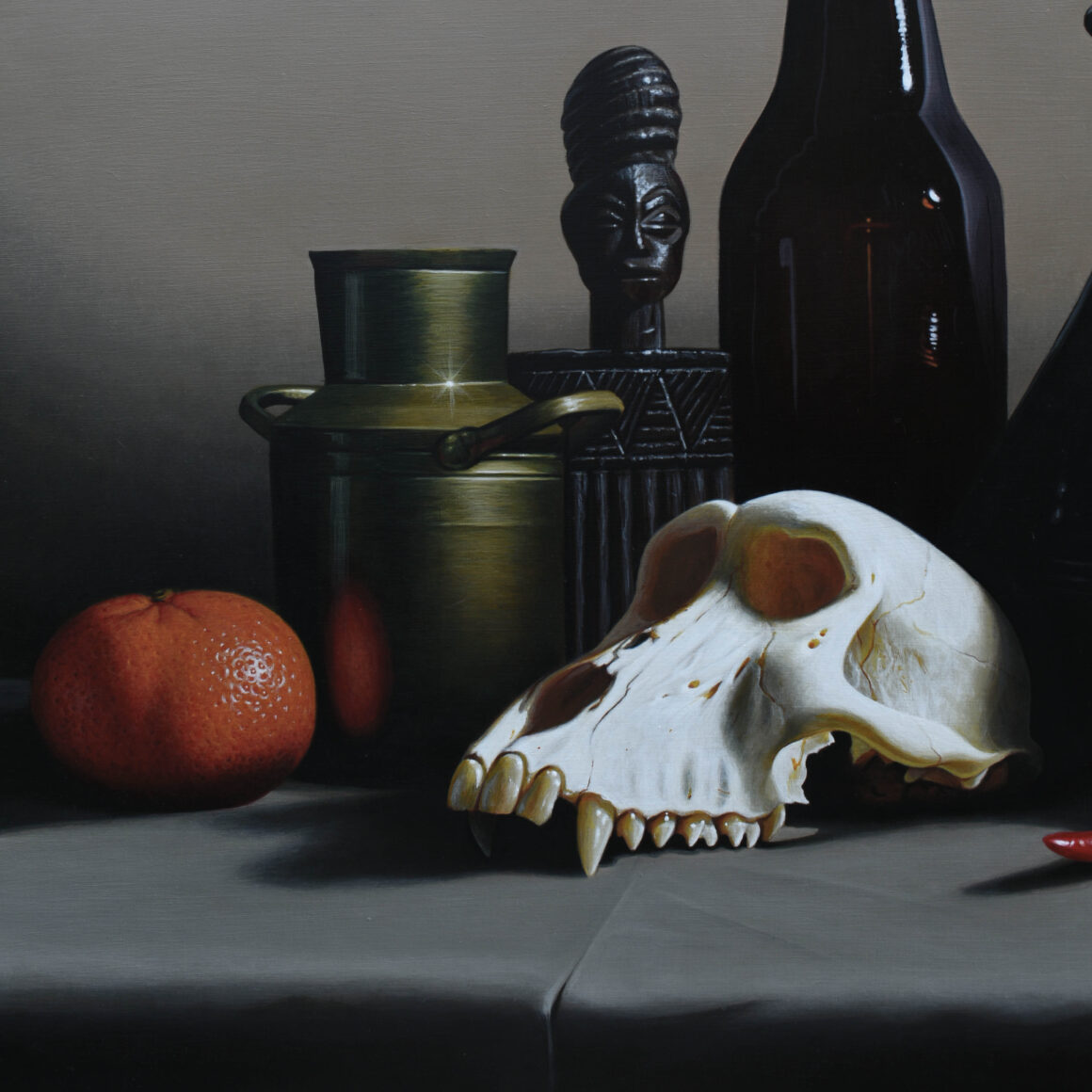
Can you share the story or inspiration behind one of the pieces in your current catalogue?
“Naartjie & Tortoise shell” By utilizing items from my childhood, a variety of cultures, wildlife and commodities I created two artworks that would embody the essence of South Africa.
Having to figure out a method or steps to recreate certain patterns allowed me time to reflect with the items, evoking memories or unlocking new knowledge.
Most of the objects have a natural, low saturated palette, with a few splashes of colour creating contrast and interest within the paintings. The focal points of each painting are the bleached white skulls, centered and contrasted against the other elements. With the use of direction, the skulls lead us to the left of the paintings onto the next items. Our eyes are then guided up to the tallest items and then back down. Creating a smooth flow around the artworks. In “Tortoise shell” the repetitive use of rounded items (cup, handles, eye socket, fossil, necklace and coin) creates rhythm and effectively leads our eyes around the lower part of the painting.
The variety of textures and patterns in this artworks are a strong representation of South Africa’s natural beauty and cultural richness.
How do you approach the relationship between medium, technique, and message in your art?
I use acrylic paint, by applying thin layers of paint, I am able to build up the forms, creating seamless gradients within the paintings. Then adding final layers of paint to create the illusion of different textures, which bring out the identifying factors in my style and leave a refined, realistic finish. This encourages the viewers to engage with the artwork and question whether my work is a painting or a photograph, ultimately leading them to the message being portrayed.
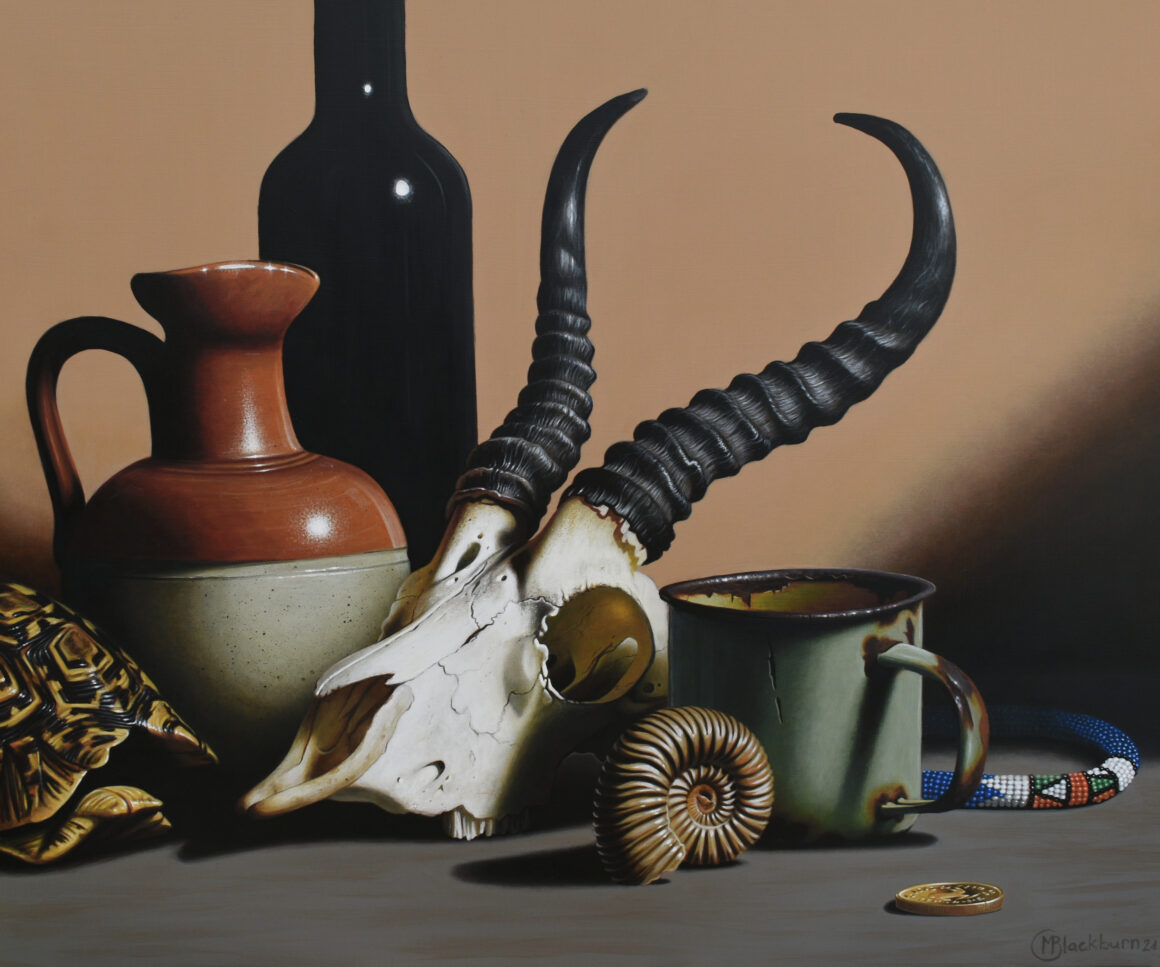
As your career evolves, what conversations do you hope your work sparks among viewers?
My current body of work is inspired by the classical genre of vanitas. Which is focused around the idea of fleeting life.
Rather than seeing the acknowledgement of death as pessimistic, I see it as an invitation to live our lives to the fullest, to experience the world and cherish the time we have. Hopefully my artworks can encourage people to reflect on their lives.
What has been the most rewarding moment for you as an artist so far?
I would have to say winning a merit award at the 2023 Sasol art competition and more recently taking second place at the 2025 Vuleka art competition. Placing in competitions like these doesn’t only help validate my artistic practice, but also helps with networking and building a name for myself within the art community.
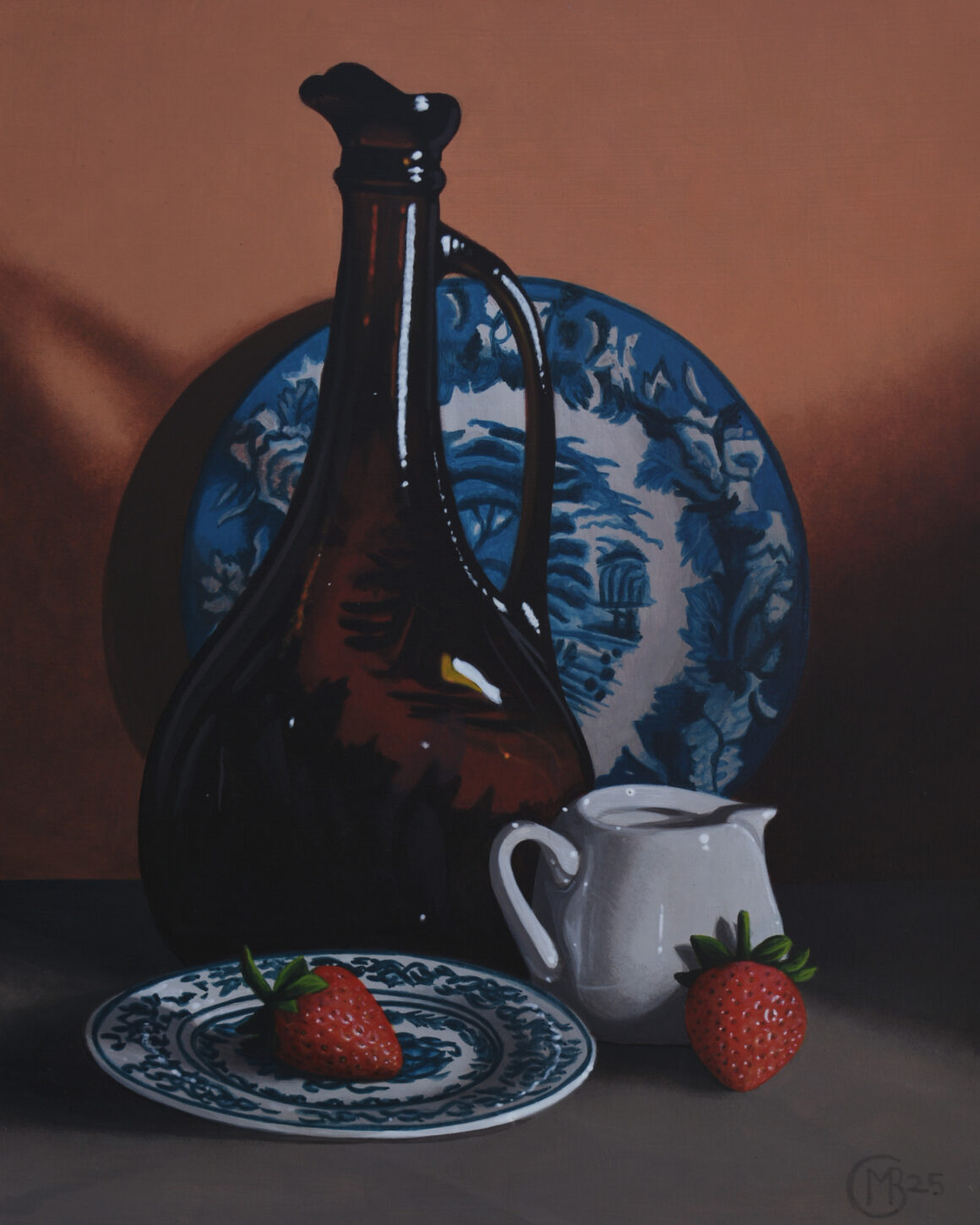
Looking ahead, what projects or directions excite you most?
I would love to bridge the gap between still life and portraiture. Bringing still life into portraiture is a great tool for storytelling, it allows the person viewing the works to get a better picture of the sitter and relate to them on a human level. Portrait painting has a different degree of excitement, you get to see the sitter in the artwork come to life out of nothing.
